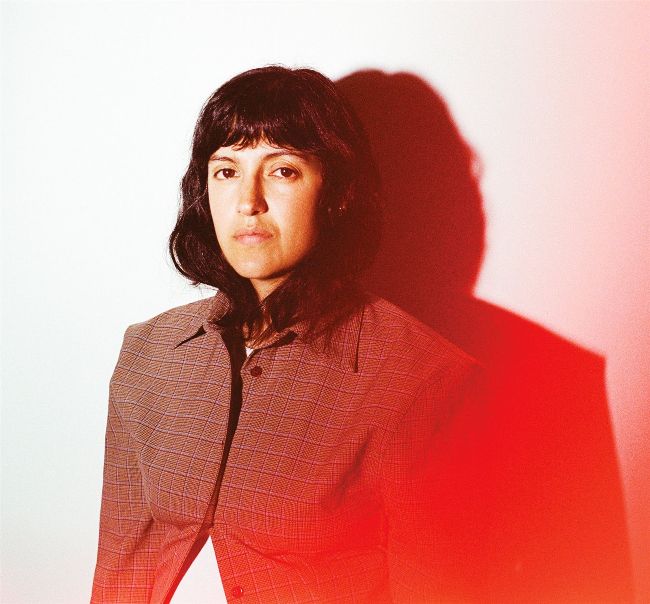15 questions with…
With a stripped-back production process but a heavyweight sound that mixes electronic processing and classical textures, Shida Shahabi is claiming her own calm space in music. It’s an approach that means largely ignoring outside influences, ‘best practice’ and orthodox methods. Perhaps it’s an ethos we can all learn from…
Shida Shahabi

Photo: Märta Thisner
Shida Shahabi’s music is an eclectic mix of vast piano and cello sounds with mesmerising, textured drones. It’s subtle, unhurried and spacious, probably a far cry from her background, raised as she was by Iranian parents during the ’90s in Stockholm with a soundtrack of Persian pop, punk and grunge. Shida would eventually veer towards the darker, deeper and arguably more thoughtful leanings of The Cure, Cocteau Twins and My Bloody Valentine, as she strove for her own sound. Her 2018 debut release Homes was warmly appreciated by critics who described her as ‘a bold new voice’. She now has a stripped-back approach to her music which is matched by a minimal studio setup. Shida believes we could likely all finally finish those tunes if we just flexed that finishing muscle a little more. Here she details how that lightweight production process can lead to a heavyweight, emotional sound. She also expands on how to embrace the unknown: “that vagueness can sometimes surprise you, I appreciate it when I don’t entirely know where it is heading…”
1 Tell us a little about what you do and your musical background… Shida Shahabi: “I work as a composer and musician, and am based in Stockholm where I was born. I’ve been singing and playing piano and keyboards since I was about nine. I got a Yamaha keyboard from my aunt around that time, too, which gave another level to my interest and I started spending more time playing. That instrument had a built-in drum machine and some fun presets, which was mindblowing for me at that time. I picked up a big interest in listening to music and going to concerts as a teen, spending a lot of time looking for records, making mixtapes and finding new music. I started playing with others when I was about 20, mostly for fun. But it started becoming a paying job and something I took seriously when I was 24. I am now almost 34 and I just keep on doing things, hoping that I will be able to continue for a long time.”